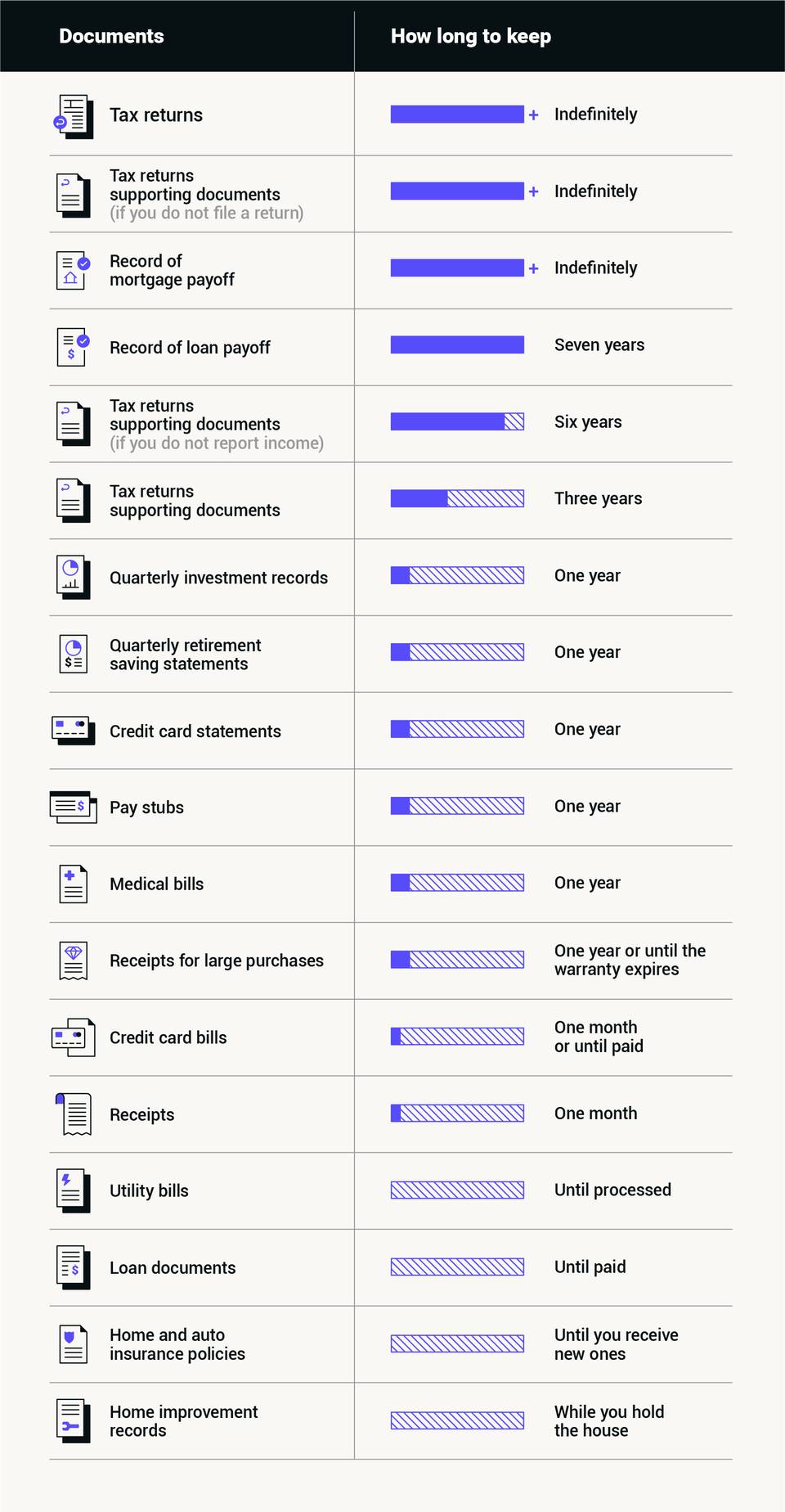Most Americans have a junk drawer – or two. Our lives are full of work, obligations and above all, stuff. The average American home has around 300,000 items in it, so it’s natural for clutter to accumulate.
While a bit of disorganization is normal, it’s still important to clear out the clutter every once and a while so you can focus on what truly matters in your life. Plus, taking a complete home inventory can prove invaluable should you ever need to file a home insurance claim. In case of a fire, a robbery or natural disaster where your belongings are damaged or destroyed, the home inventory makes it easy to get back on your feet. (Oh, and damage from a flood is not included in home insurance, so you should also take this time to ensure you have the right coverage for your needs.)
Taking inventory of your home can also help get rid of documents and knick-knacks you don’t have a use for any longer. Some of the most overlooked items in the home are important financial documents that should be protected in the event of a fire or robbery. By organizing your papers, you help ensure they’re stored safely, and may even realize you’ve been holding on to documents you no longer need.
Keep reading to learn which documents you actually need to hang on to, and how to take inventory of your home.
How long to keep documents
Whether you keep your important documents in a folder or a fireproof safe, now might be the time to go through them and make sure you have the essentials protected and the unnecessary papers removed.
Though in general, you don’t need to keep receipts or bills after you ensure a card statement is correct or a bill is paid, you should hold on to any documents relevant to filing your taxes. These exceptions include: medical bills, utility bills for a home office or receipts for large purchases or work related expenses
In addition, you should never get rid of documents from important life events such as:
- Social Security card
- Birth certificate
- Marriage certificate
- Will
- Adoption papers
- Death certificates
Here’s how long to keep every type of document:




